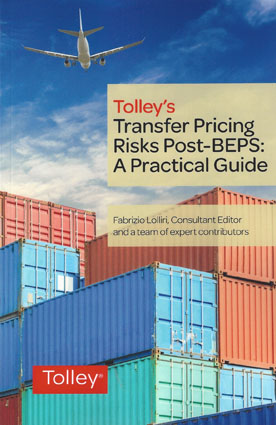
Transfer pricing has never had as much media exposure as last year and keeps showing up on the headlines of all major newspapers and other media.
Political pressure and the increasing government deficit that is affecting most of the countries are putting a lot of pressure on tax authorities worldwide to fill in the budget gap and are driving a more aggressive and inquisitive approach towards tax payers. The OECD embarked on a very difficult mission with its Base Erosion and Profit Shifting ("BEPS") project, which started with the G20 in 2012.
The world of Transfer Pricing as we know it is changing as the BEPS project continues to raise new issues with the existing structures setup by large multinational and often driven by the desire to achieve better tax efficiency. Although, the BEPS project is well advanced, only few countries have already issued new legislation and amendments to transfer pricing regulations to comply with the new principles from the BEPS project.
The lack of clarity on how BEPS will translate in all the different jurisdictions is a concern for not just tax directors, but also CEOs and CFOs. Transfer Pricing Risks Post-BEPS: A Practical Guide explores the issues raised by the BEPS project and offers the readers a practical approach to risk assessment and mitigation in preparation for new legislation and rules to come.
The readers are also guided through how supply chain planning is likely to change in the future and how businesses can still ensure their vision and strategy can be implemented whilst minimising risk and improving efficiencies that go hand in hand with real commercial planning.